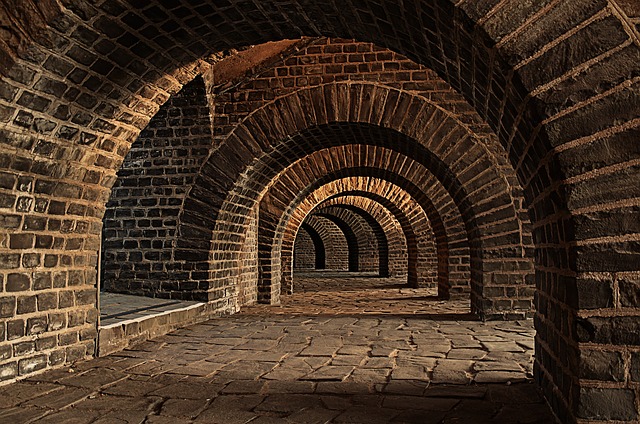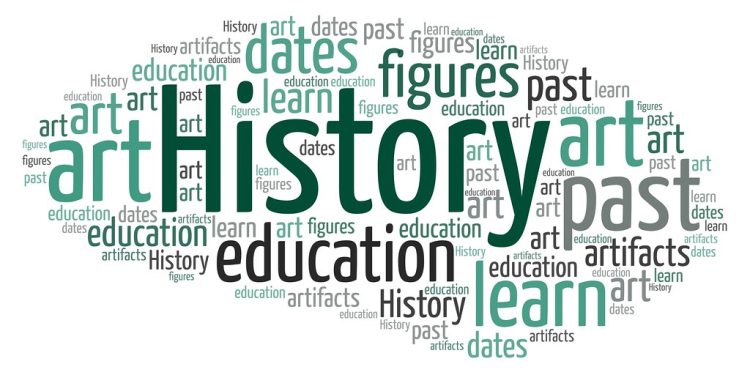Emerging from the shadowy nooks of time, tales of yesterdays echo in the ears of humankind casting spells of nostalgia, romance, triumph, and intrigue. As we embark on our journey through the meandering river of existence, we are drawn to the mysterious ocean of the past that seems as fascinating as it is unfathomable. We yearn to uncover, to understand, and to connect — to perceive the patterns hidden beneath the veil of time, seeming almost secret. Welcome to a remarkable unraveling of cryptic scrolls, ancient artifacts, emblematic epochs, and chronicles of vibrant civilizations. As we delve into “History Unveiled: Making Sense of the Past”, prepare to navigate time’s vast labyrinth, illuminating the pathways of what was, to better appreciate the richness of what is, and comprehend the potential of what might be. In order to unravel time, probing into historical events enables us to understand our past, its link to our present, and even help make predictions about the future. As part of this discovery process, archaeology plays a vital part in decoding history. Unlocking secrets hidden away beneath layers of soil, archaeologists, equipped with tools and methodologies, painstakingly unearth clues that contribute significantly to our knowledge of past civilizations. Unearthed artifacts are like a time capsule, each having a unique story to tell, effectively bridging the gap between historical facts and present understanding.
From deciphering ancient texts to interpreting cave paintings, primary sources are invaluable in providing a clearer picture of the past. Alongside these, it’s also significant to debunk myths, separating historical fact from fiction, no easy feat. Combining these elements allows us to re-imagine history through the lens of the present, offering a fresh take on old stories. This, in turn, continues to shape the evolution of historical narratives. In the journey of history, it’s important to remember that narrative evolution is natural. What matters is ensuring authenticity and accuracy, pushing the boundaries of our knowledge, and continual learning.
- Making history come alive, though challenging, can be achieved through immersive, interactive and engaging experiences such as historical reenactments, detailed exhibits, and even role-playing games.
- By employing effective strategies, it becomes easier to piece together the puzzle of complex historical events, helping us to understand the larger picture of our shared human journey.
- In assessing all historic events, context is vital. Digging deeper into the times, conditions, and real life situations that these historical events happened, the better we can appreciate the nuances of different events.
The study of history is a vast, rich field overflowing with exciting discoveries and revealing truths about human story. Embrace it, question it, and allow it to shape our present and future. Unveiling history means diving into invisible ink, endlessly replaying grains of ancient and not-so-ancient sand, and deciphering the echoes that reverberate off time’s relentless march. Our journey through the corridors of bygone eras is over for now, but remember, every step taken before us is a puzzle piece that completes the grand design of humanity’s rich tapestry. The spotlight may at times seem dim, the shadows may conceal more truths than it appears, but the pursuit, the dig, the exploration and the revelation will always be worth it — for, in making sense of the past, we enrich our understanding of the present and ignite a beacon for the future. So, dear reader, let us continue to unmask, unravel, and unveil history, turning our eyes towards the silent narrative of our ancestors, steadfast in our quest to bring life and light to the stories that are yet to be told. And remember, every page of history turned is another step toward decoding the secret identity of our collective self.






